
Home | About | Astrophotography | Books | Blog | Cybersecurity | Movies | Projects | Resume | Space | Video Games | War Museum | Wikipedia


One of my favorite is astrophotography. Astrophotography, according to Wikipedia.org, " is a specialized type of photography for recording images of astronomical objects and large areas of the night sky." Simply put, astrophotography is the process of hauling my 50+ pound telescope/tripod out to a location in my car, unloading, setting up, and standing in the cold dead of the night with my eyes glued to the sky. I love it.
Astrophotography isn't limited to just the night sky, but the night offers the best viewing conditions. With the Sun in the sky, or even a full Moon, it becomes very difficult to view our extraterrestrial neighbors.
All pictures on this page were taken by me. You may notice many of the pictures are captioned with "Joraanstad Observatory". Joraanstad Observatory is my Facebook page for posting my pictures, and is the name of the observatory I want to build someday.




My current setup features an Orion 8" Astrograph f/4.9 telescope as the centerpiece to the whole process. The telescope is 8 inches in diameter and nearly 4 feet long. This telescope rests onto my Orion Atlas EQ with a Dual Axis Drive Controller tripod mount. My Canon T3, using a special adapter specifically for telescopes, is placed into the eyepiece of the telescope. For planetary and close-shots of the Moon, I use a 3x Barlow to increase the magnification. For imaging the Sun, I use a 8" Orion solar filter placed over the telescope tube.
I was super fortunate to snag the telescope, mount, case, lens', and other accessories on Craiglist for a grand total of $270. The setup brand new costs over $1200. I think it was destiny.
For software, I use BackyardEOS for controlling the camera through my laptop. I use Stellarium and ClearDarkSky.com's charts to plan my evenings, see what is in the night sky, and make sure the conditions are right. For processing software, I use a variation or combination of PIPP, AutoStakkert2, Registax, and GIMP.


Over the past few years, I've realized that very few people actually know or understand what this is. The Milky Way is a spiral (or swirl) galaxy, similar to many of the observable galaxies in our night sky. We are on the outer reaches of the galaxy. If you were to draw a swirl or a spiral from the inside outward, we would appear somewhere towards the end of your drawing. Now imagine for a second that the spiral you have just drawn was picked up and you could view it from the side, looking towards the center of the spiral. That's our view of the Milky Way.
Only visible in clear conditions and in areas of little to no light pollution, the Milky Way appears as a light grayish band across the sky. Using a camera and taking exposure photographs, the color and details of this band are brought to life. It's spectacular.
In some photographs, you will see an area that appears brighter. This is the center of the Milky Way. You will also notice some areas that look like they are covered in clouds. This is due to the celestial debris and dust that clouds the view of the rest of our galaxy. Many of the nebulae are found alongside the Milky Way.



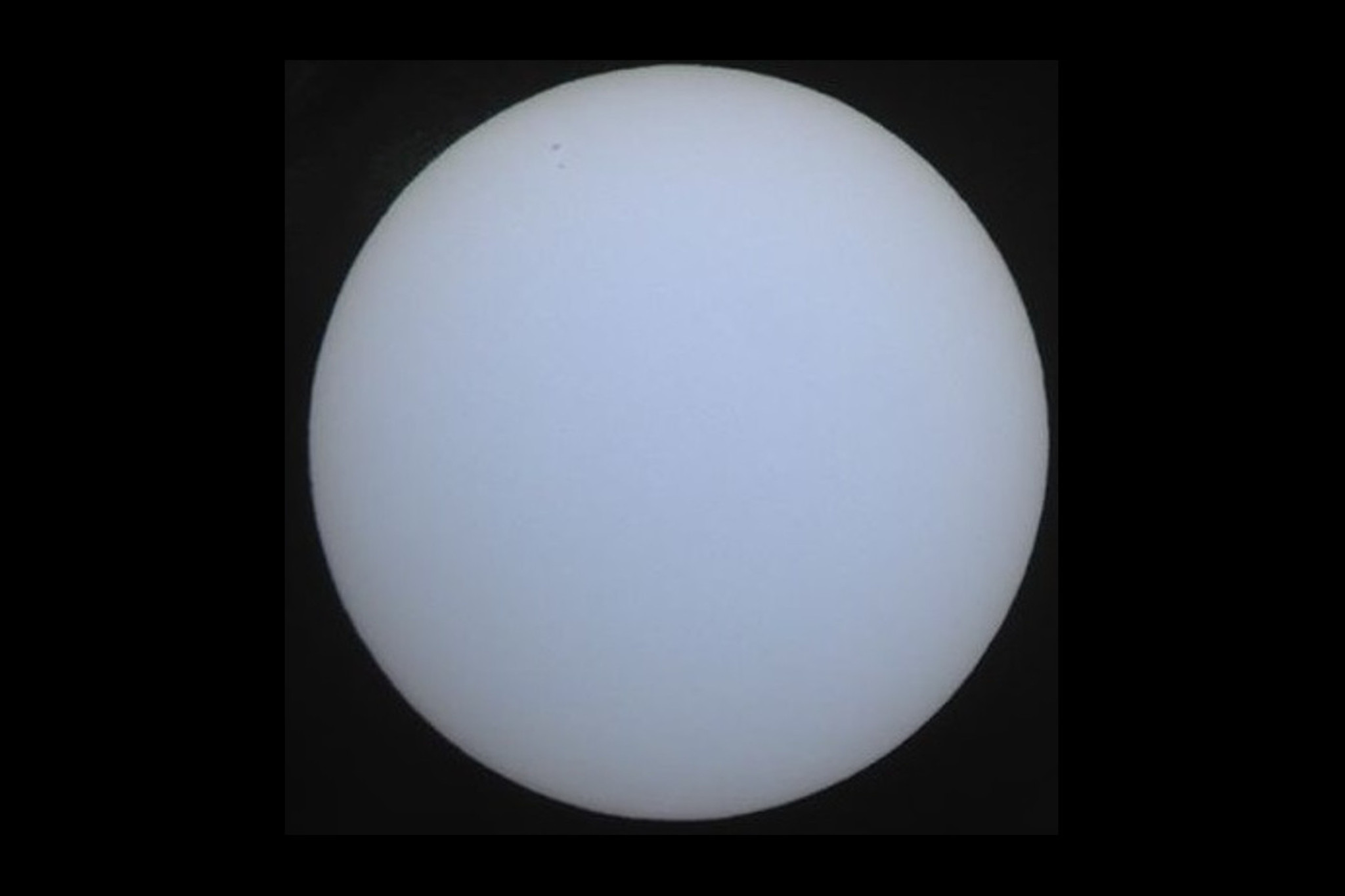
The sun is our local space heater. The hottest and brightest object in our entire solar system, the Sun warms our atmosphere to conditions just right to sustain life. I only recently began imaging our star, and have found it to be pretty exciting. My intial thought when viewing the Sun for the first time was that it looked exactly like a white jawbreaker. The edge of it's atmosphere was so clearly defined. Seeing sunspots is very cool, and they are always changing. I hope one day to own a solar telescope so I'm able to see solar flares and things of that nature. The Sun appears white through my filter; the image on top was modified using false color.


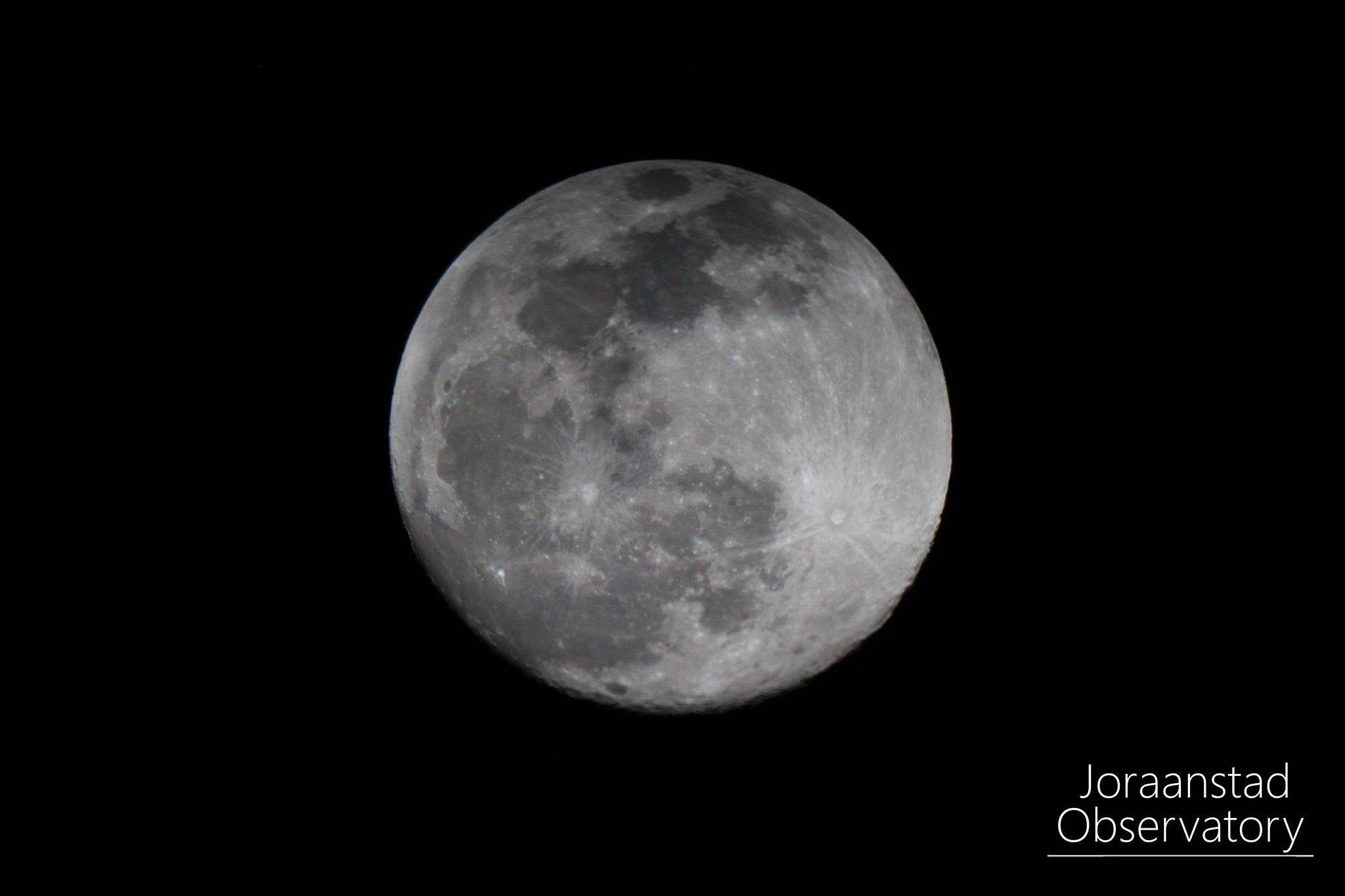
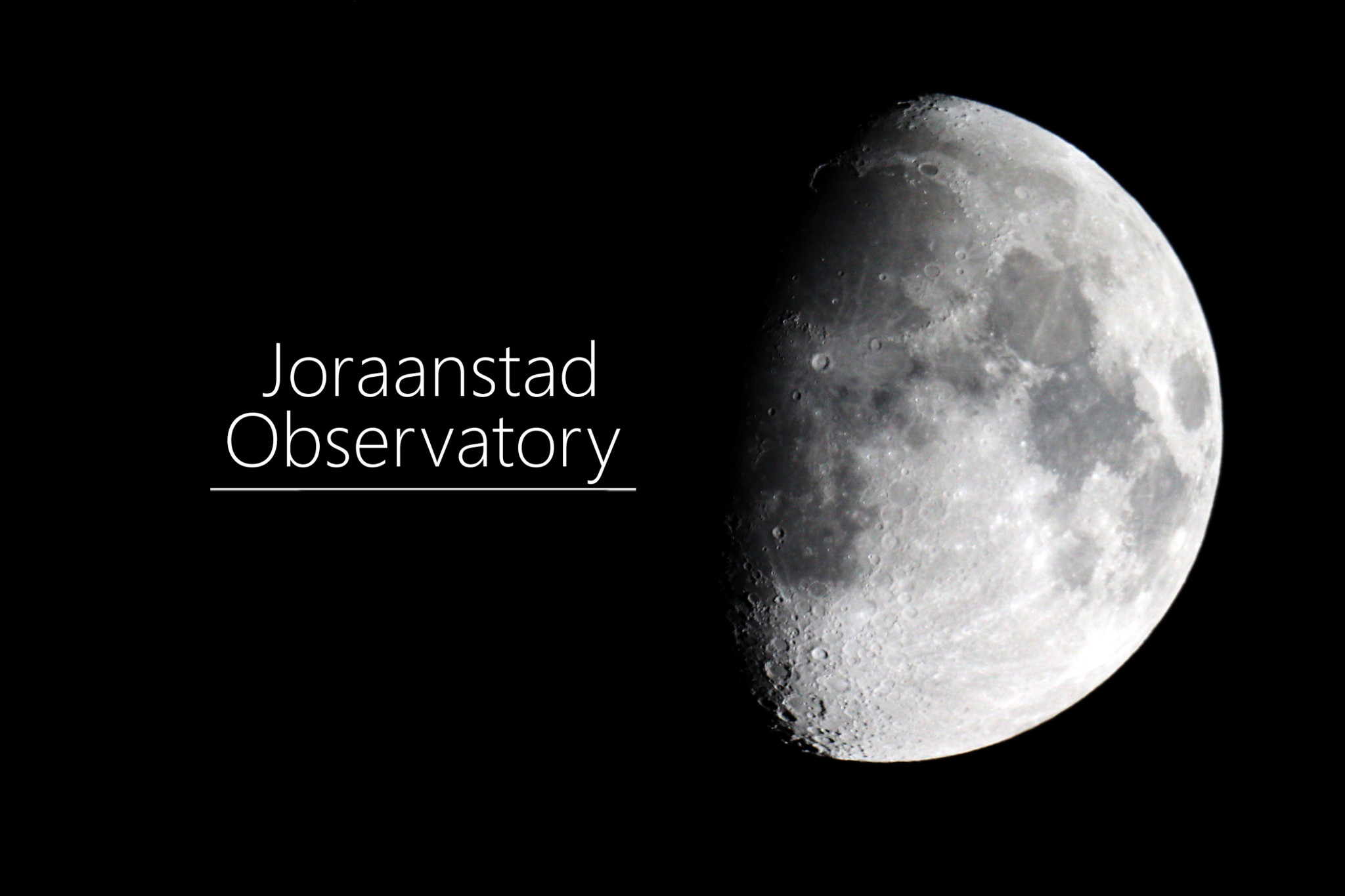
The Moon is by far my favorite object to view through the telescope. It's very fun to image as well, but there's nothing like the crystal clear views that my telescope can pull in of our floating rock. The Moon is best viewed during its waxing or waning phases. This is becuase the shadow's that are cast across the surface during these phases bring out the smallest of craters, mountains, and other landforms on the surface. During a full Moon, the shadow's are hidden and some of the detail is lost. In addition, the full Moon can be uncomfortable to view because of the sheer brightness.
Most nights, regardless of what I am imaging, I will usually spend some time viewing the Moon. It's something every should experience. It's very humbling to look up at an object hundreds of thousands of miles away into the dead of space, and to think that mankind has stepped foot on it's surface. I would have liked to experience that moment in history, even if it was behind the screen of an old antenna television.


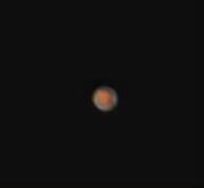
Mars is humanity's 'New Frontier'. Space used to be the 'New Frontier' but we've since come a long way. There are talks amongst NASA and SpaceX, the leading space exploration organizations, to take the first human to Mars. While I don't see it quite happening in my lifetime, I sure hope it does.
Mars offers a very unique challenge in astrophotography. Living in the northern hemisphere, Mars often doesn't travel far above the horizon. Because of this, as well as it's bright 'apparent magnitude', viewing conditions are often poor. Images of Mars are commonly overexposed and do not contain much detail. Luckily, I have had a few very clear nights with a stable atmosphere, allowing me to bring out a few sharp images in processing. Seeing the white poles of Mars contrasted with its desert landscape for the first time was extraordinary.

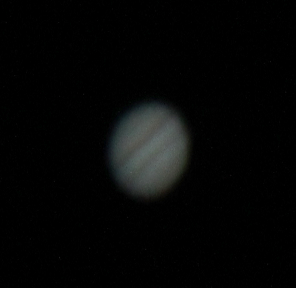
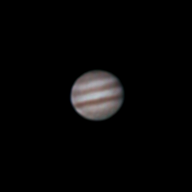
Jupiter is a crowd favorite among the astrophotography community. It's massive size coupled with it's colorful complexion makes it a perfect planet for imaging. Jupiter is out in the night sky throughout much of the year, and often appears the brightest 'star' in the sky. I have not succeeded in capturing the decaying Great Red Spot, a superstorm that has been raging in it's atmosphere for decades. The storm is slowly dying out, and I hope to capture an image containing it before it's gone.
Viewing Jupiter is unique in that 4 or 5 its moons are visible most of the time, though they appear only as bright speckles. As of 2016, Jupiter has a whopping 67 moons and scientists believe there are still more to be discovered. On the nights when the Great Red Spot is visible, it can be very exciting.


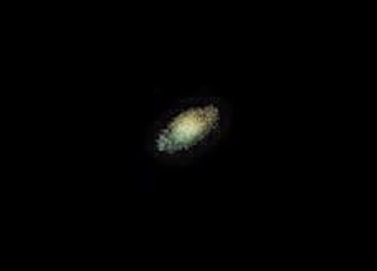
Saturn is special to me because it is the view, specifically the one in the right picture, that inspired me to take this adventure. Looking at Saturn for the first time in my old childhood telescope in 2014 was surreal and something I probabaly won't ever forget. It appeared grainy and yellowish, just like picture, but to be able to see the rings around the gas giant and see another world through my own eyes and not a picture on a screen was incredible. Saturn, like Jupiter, makes for great viewing and imaging. Although color is harder to achieve with Saturn than it is with Jupiter, the rings make up for it.
As of 08/10/16, I do not have any images of Venus. Venus is out during a limited time of the year, and I just haven't had a chance to go out during that time. It will appear as a bright crescent, with little to no color. Nonetheless, I am super excited to finally capture my next planet through the scope.
Imaging any of the remaining planets, namely Neptune, Uranus, Pluto, and Mercury, will be very difficult. Pluto, impossible, considering NASA only just recently obtained their first images after a decade long journey. Uranus and Neptune will appear very faint, and it is highly unlikely I will ever capture a glimpse of them. Mercury, however, presents a real possiblity in the rare occurance that is passes in front of the Sun. I could theoretically capture it then, and it would appear as a black dot traversing the Sun. With deep regret, I was not able to capture the May 2016 Solar transit this year becuase I did not yet have a solar filter. It is one of my deepest regrets. The next transit will occur in November of 2019.



I've captured a few unique objects since I've started astrophotography. One of my biggest goals is to capture a quality image of the International Space Station. The ISS flys by a few times of the week, and is visible in the sky anywhere from 1 to 4 minutes; not much time to work with. Finding such a small object with my telescope is very challanging, imaging it is even harder. I'm hoping to set up and capture the ISS during a Solar or Lunar transit sometime. The image on the left is my best attempt.
The image in the center appeared in one my widefield (zoomed out) shots. Based on some input from some guys online, we believe it is a iridium flare. An iridium flare, or satellite flare, is "the phenomenon caused by the reflective surfaces on satellites reflecting sunlight directly onto the Earth below and appearing as a brief, bright "flare" (Wikipedia). I'll get another one someday.
The image on the right is a few stars from the Pleiades star cluster.
Below are some resources you can use to get started with Astrophotography or make your night out under the stars a success.